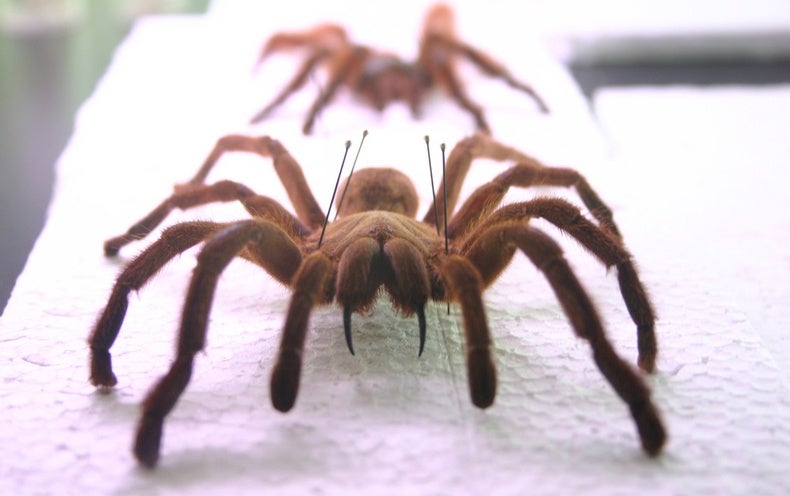YungRasputin
Arachnobaron
- Joined
- May 25, 2021
- Messages
- 403
okLet me preface this by saying the next step should be psalms imo, BUT op needs to wait to get husbandry down with his current ows and avics. I dont think op should get a psalm until he has owned his current ts for a good period of time. Nobody else suggested he pick up a psalm at this time either.
it’s not a risk if you plan for bolts ahead of time and take the proper precautions such as moving the enclosure to a space where a bolt out of the enclosure is manageable - in my experience, a specimen that bolts out of the enclosure will typically only bolt out of the enclosure before stopping on the side as it reassess the situationSpeed is a risk to the t. The t bolts the wrong way and suddenly its outside the enclosure. The owner cant get it inside the enclosure and what do you know, its dead in the closet 3 months later because they lost it. Plus a faster t makes getting tagged a lot easier, makes escapes easier, etc.
I would rather a keeper allow a bolt to happen and calmly recup said specimen rather than get bit, involuntarily jerk and fling the specimen across the room or have it fall from a great to the floor or be so consumed by the pain of the bite and venom spreading that they forget about the specimen entirely - bolting out of the enclosure is significantly less of a problem than the keeper being bit and therefore comprisedI never said anything about flawless rehousings, you're talking to the wrong person. I will say that with proper research and prep, most owners should never experience a bite, even if they do experience a mistake/an escape. And I will add this, and most may disagree: Id rather an owner get bit than a T escape and die. The T didnt ask to be kept in captivity.
OW arboreals are just about as fast as tappis - really can’t stress the speed of African arboreals enough - not to mention the potency of their venom - a lot of African venom can cause heart palpitations in addition to extreme muscle cramps, tremors, vomiting, etc in addition to the extreme pain caused by the bite itself which in cases like the OBT, from what i’ve heard, feels like someone taking a hammer to the bite siteYes I know, however ows overall have stronger venom and are quicker than most nws.
research is good and critically important however it doesn’t take the place of hands on experience and the building of skills, muscle memory, etc - that’s why i give the recommendations i do because there are several low venom species which can give you valuable experience and crucial skills prior to making the jump to more advanced species
OW arboreals are perfectly capable and ready to teleport, jump, preemptively tag without warning i.e. threat pose, etc
Last edited:


